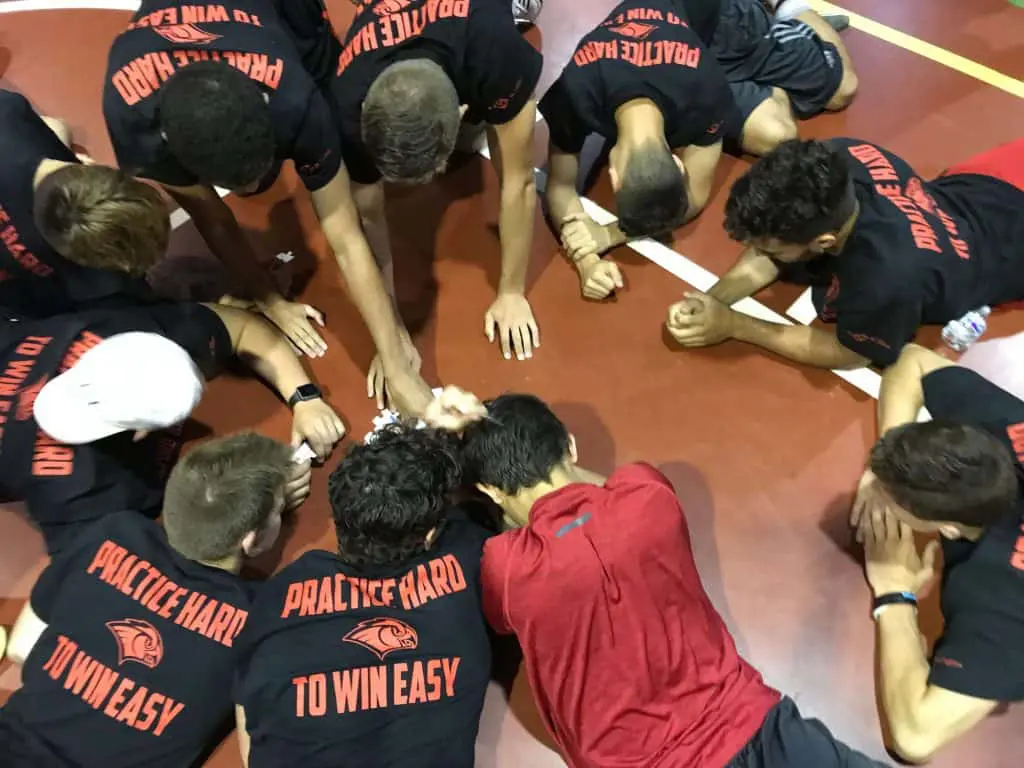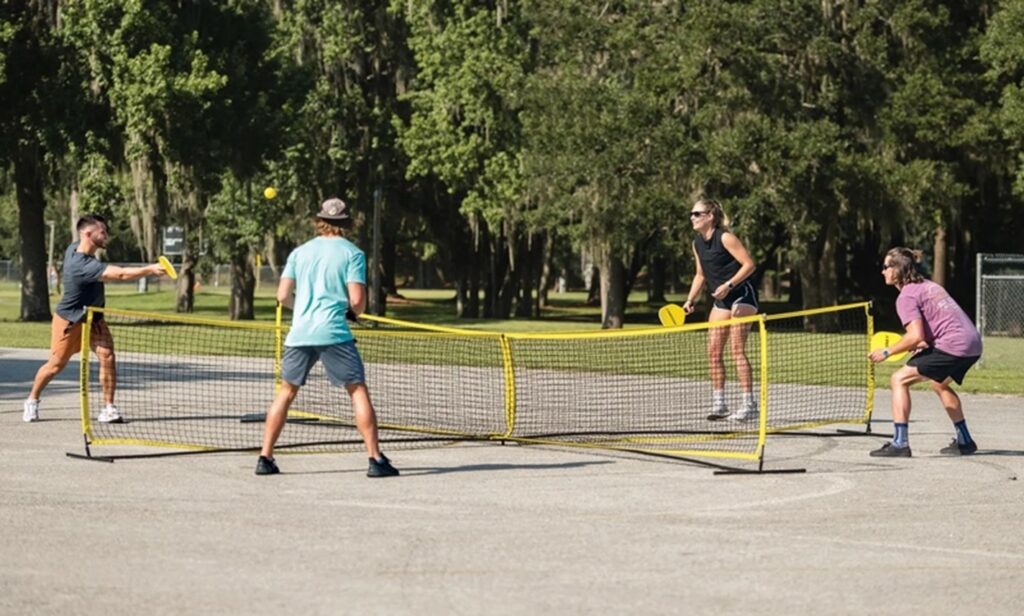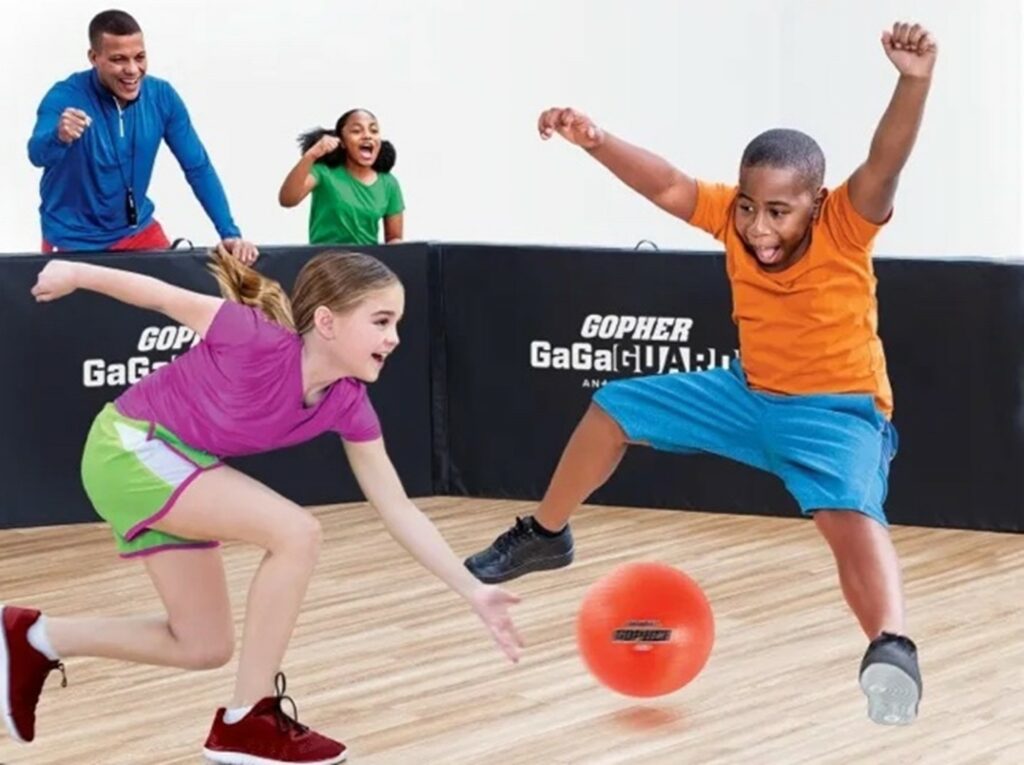Assessment in Physical Education and Wellness is not as streamlined or as understood as most contemporary academic disciplines such as Math, Science, ELA, etc. However, it is just as critical for 21st Century K-12 learners (and beyond) to be held accountable for any information that was disseminated in their movement classes. In this sedentary society, it is becoming increasingly important for our younger generation to learn the necessary skills to be healthy and happy as they grow into adulthood. There is a ton of information about the types of digital active assessments available, and I agree that these digital assessments are important. It is also immensely important that we hold our students accountable for the cognitive information that we should be sharing and teaching in our Wellness classes.
Since we all probably agree that digital data is useful and important in today’s physical education classes, I thought I would share and review the types of digital data that we feel is important. I’ve written previous blogs on the merit of digital assessments. I also felt it would be fun and discussion worthy to list some of the cognitive components we strive to assess in our movement classes.
Digital Active Assessments Types:
Pedometers > These are budget-friendly and can add a level of assessment to just about all of your classes. You can set daily, weekly, or monthly “Step Goals” for each activity or class.
Heart-rate monitors > Very helpful to monitor and assess effort level as each student should have a target heart zone. These might be more costly; however, it is worth it if you can fundraise or purchase these through your budget, endowment, or donation.
Cognitive Active Assessment Topics:
Safety > It’s always important to discuss and mention major safety concerns for each activity or sport. Warm-ups, warm-downs, necessary gear, frequency, intensity, etc…can all be covered.

Rules > Intelligent spectatorship and knowing how to perform an activity or play a sport/game is important in our country and many countries. Having a rudimentary understanding of sport rules and how games and activities are conducted is important.
Scoring > This is another form of intelligent spectatorship that is important in our society. Knowing how to keep track of scoring in football, basketball, shuffleboard, badminton, ultimate Frisbee, etc. can and should be taught and assessed.
Strategy > Knowing the sports and activities is important and so is the major strategies. Being able to understand why and what a team is doing on offensive, defense, transitions, etc. should be taught in activity classes and therefore should be checked for understanding too.

Major Muscles > We always have fun teaching a little anatomy in our PE and Wellness classes. We strive to talk about the major muscles that are being utilized and improved in each activity and sport/game that we teach and experience.
Fitness Advantages > This is super important! Every activity, sport, game, and leisure pursuit we teach and experience is also connected to fitness principles. It is a major focus for our teachers to connect what and how the particular activity/sport can improve your life, body, and overall state of happiness.
So how important are assessments in your PE and Wellness classes? And how do your departments assess your students? Is it digital, cognitive, or a hybrid format? Please let us know how and why you do or do not conduct assessments. I suspect there could be some great input and discussion on this topic.
PS, I’ve shared some pictures of how we assess in Milford. We don’t always have a classroom to conduct a quiz so we “adapt, improve, and overcome” the situation to utilize bleachers, use the auditorium at times, and grab any space we can find to be able to deliver cognitive assessments.













One Response
Great insight and tools to use as a professional.